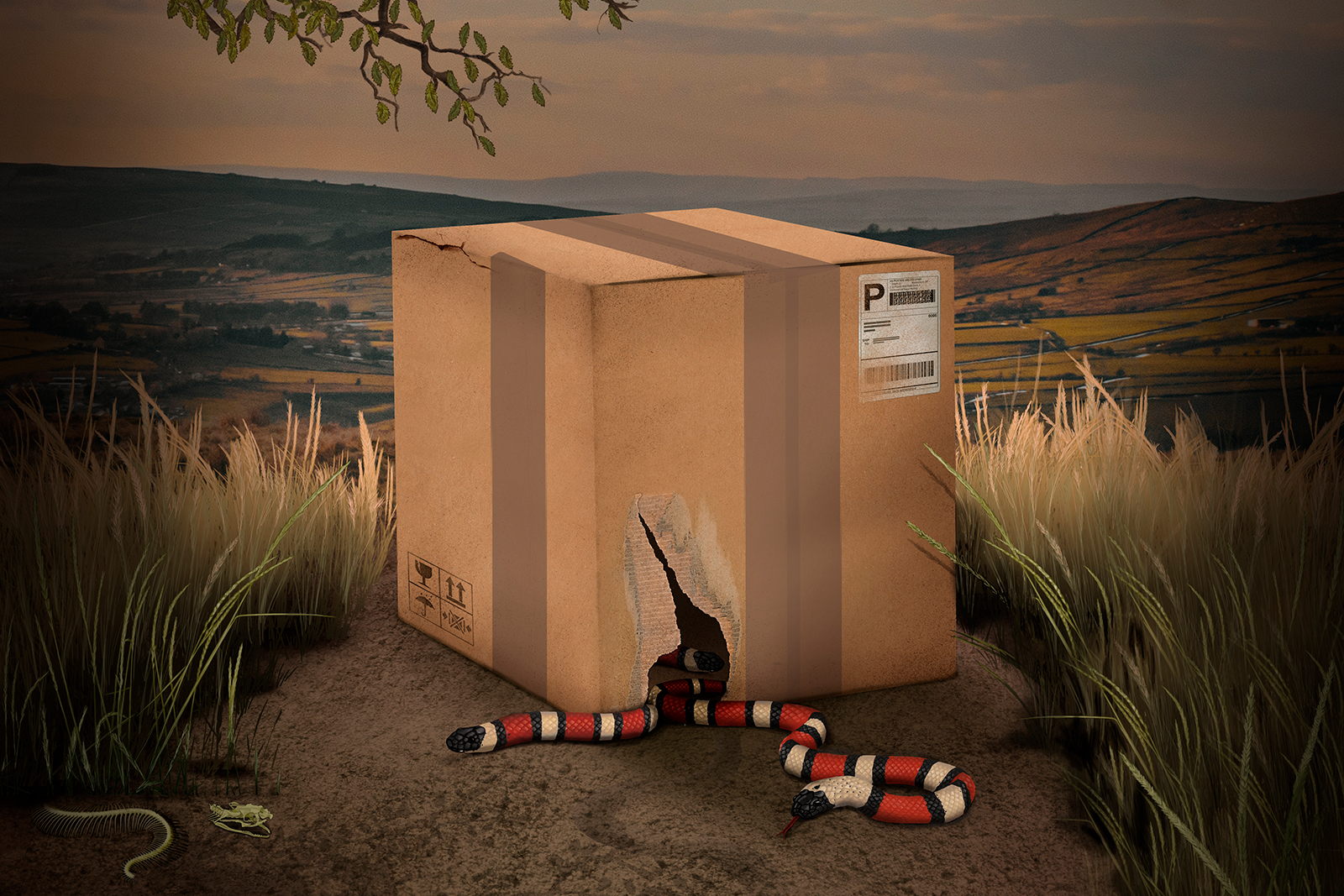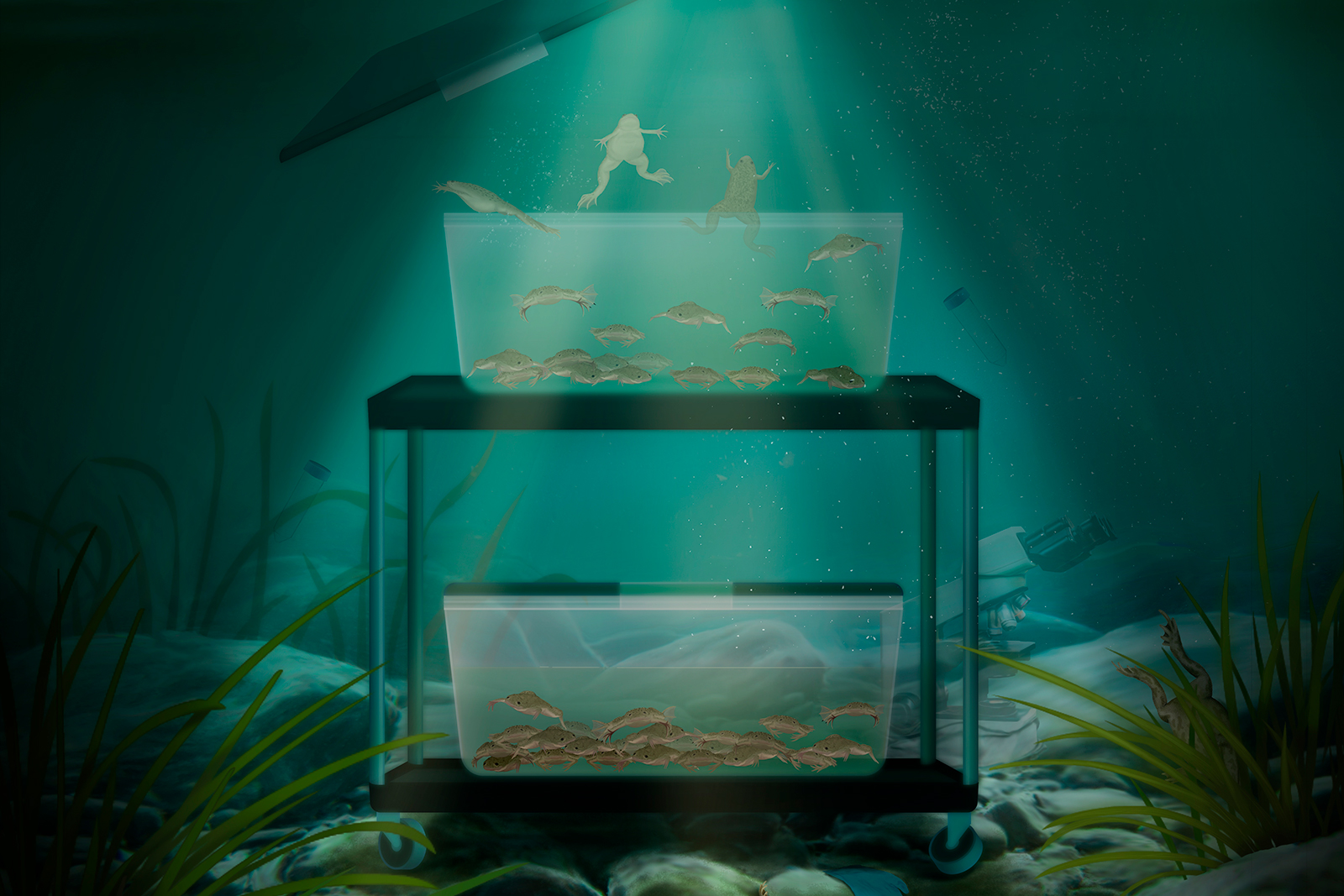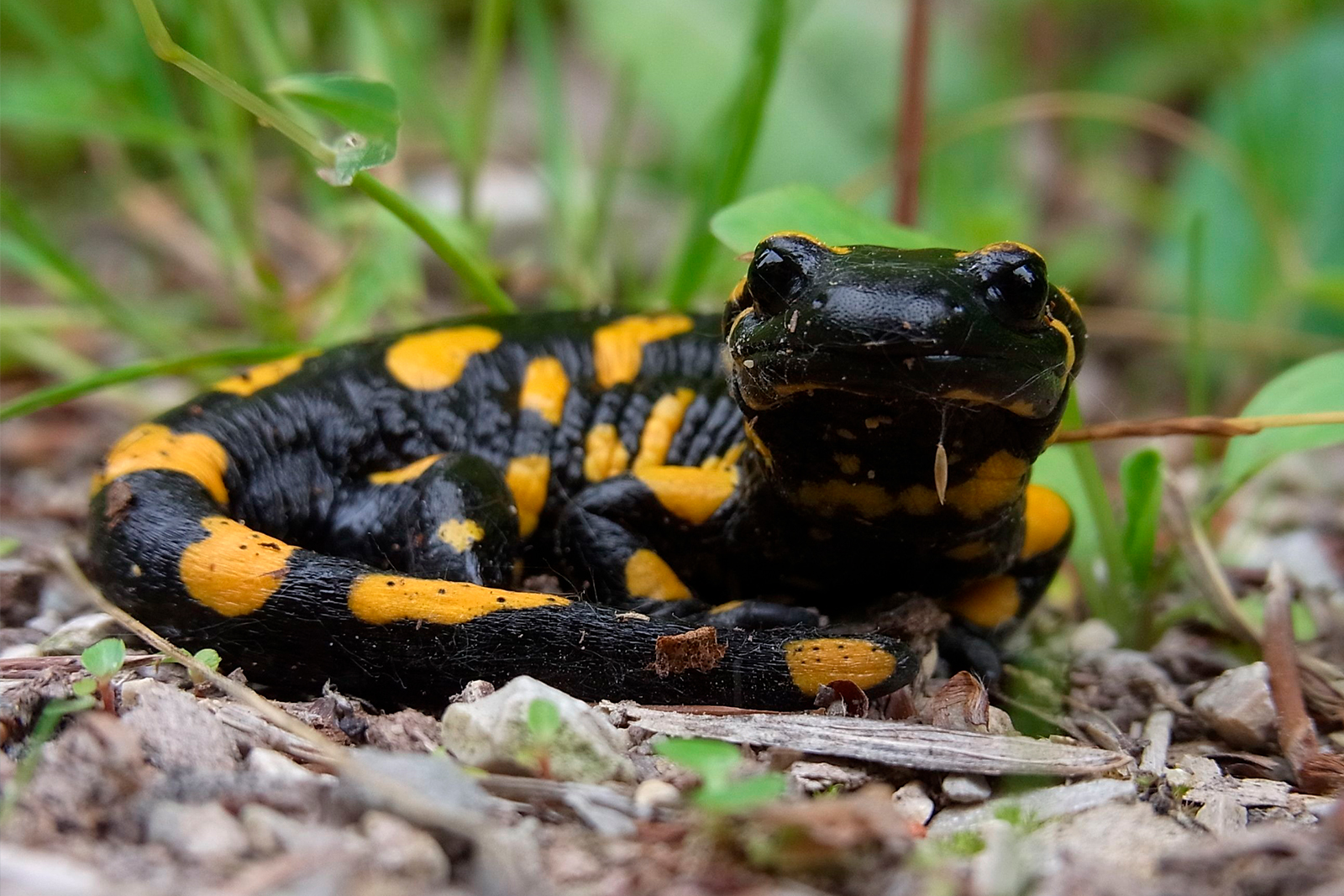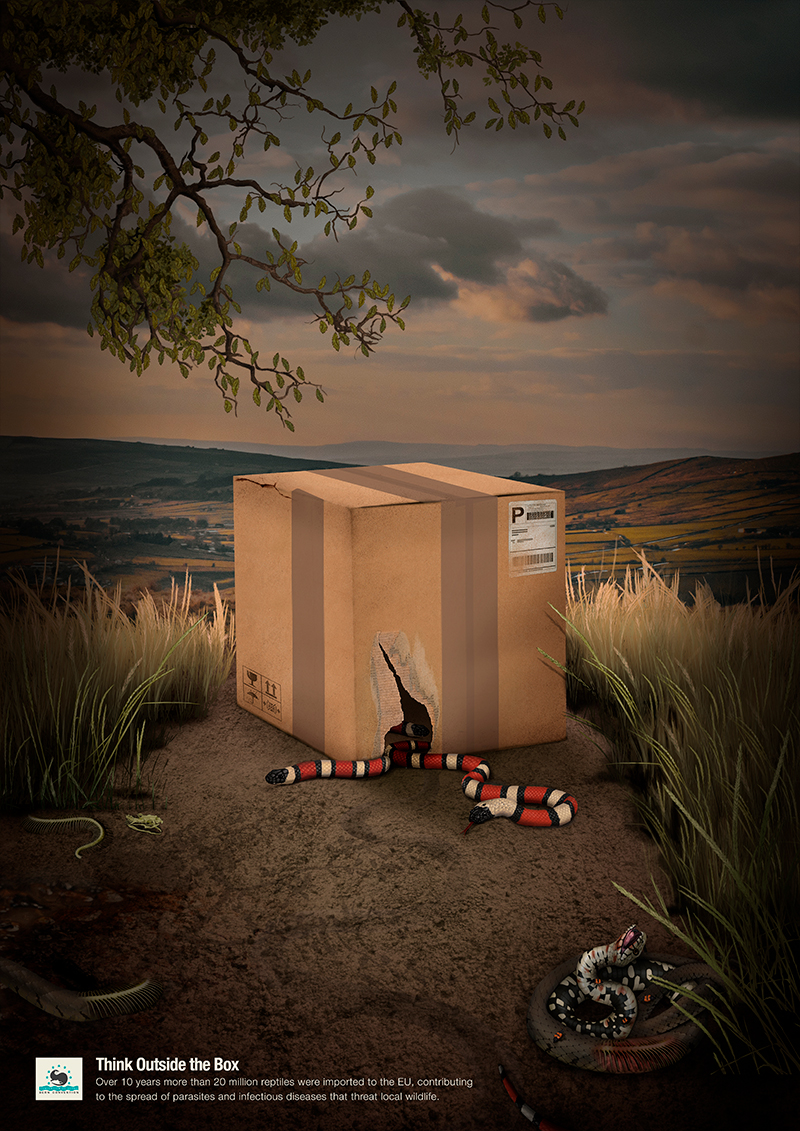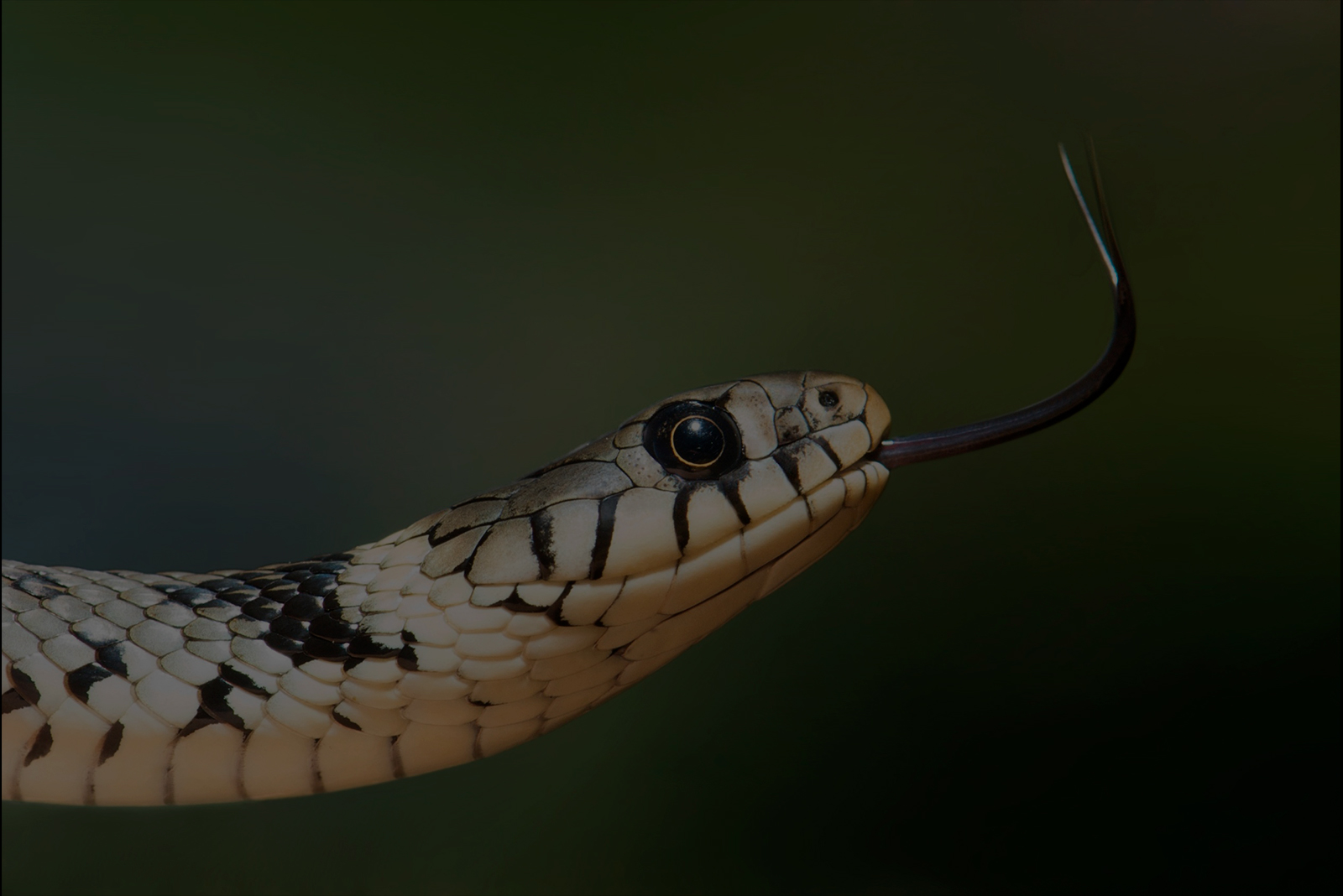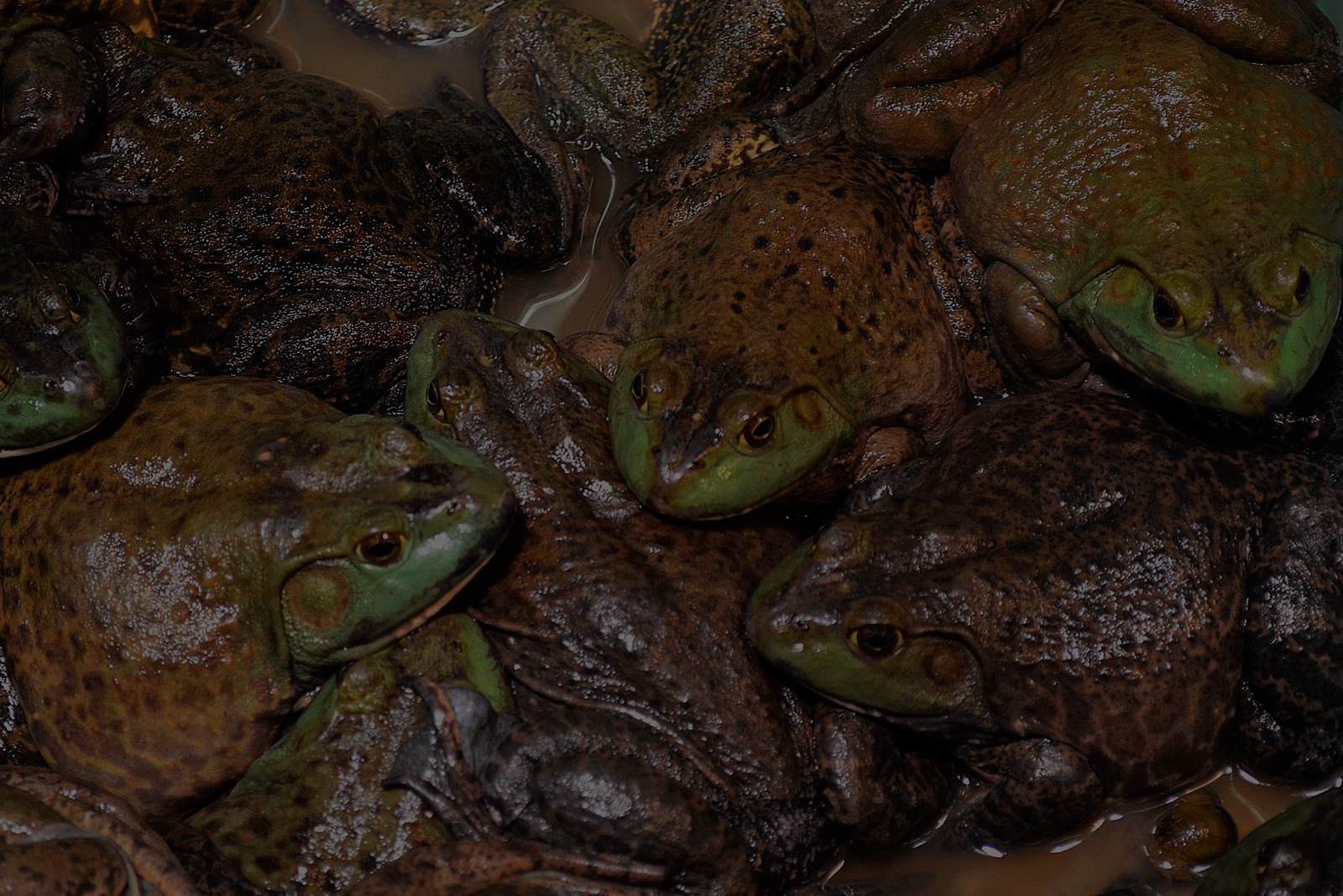Bern Convention
The Bern Convention is the only Treaty for nature conservation in Europe. It was established by the Council of Europe in 1979 and has been signed by the European Union and 50 countries that are committed to protect European wildlife, both species and their habitats. The Convention has been dealing with herpetofauna conservation for the last 20 years, but recently started issuing recommendations regarding biosafety issues for the benefit of these species. We invite you to join the campaign, amplify its message and follow our news on social media!
